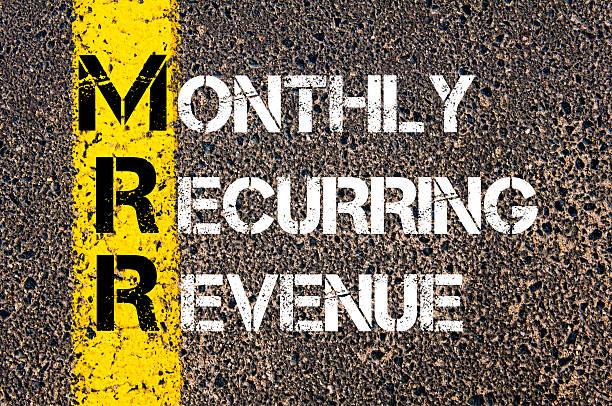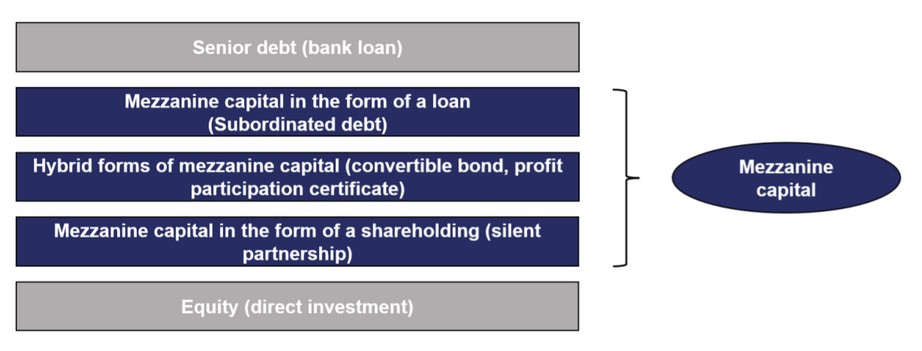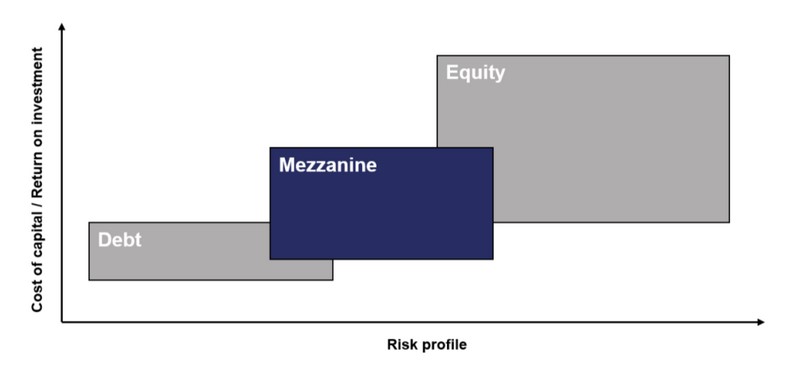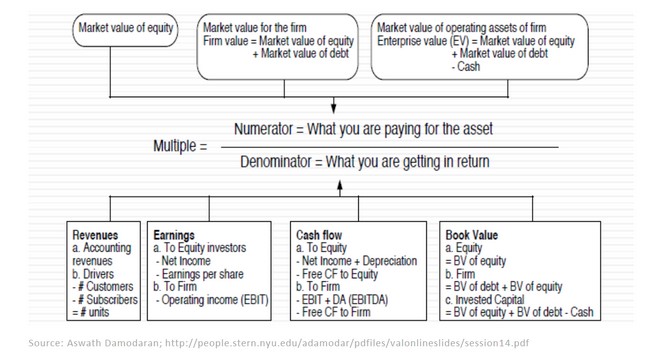
De-risking Your Exit: The 5 Critical Phases of a Successful Sell-Side M&A Process
De-risking Your Exit: The 5 Critical Phases of a Successful Sell-Side M&A Process
For many business owners, selling a company is a once-in-a-lifetime event. Yet even experienced entrepreneurs often underestimate how complex and fragile the M&A process can be – especially in the mid-market segment and in cross-border transactions across CEE and South-East Europe.
A successful sale is not a single negotiation or one-off transaction. It is a structured, multi-phase process in which each stage builds on the previous one. Skipping steps or treating them “lightly” usually shows up later in the form of value erosion, deal fatigue, or even a failed transaction.
This article outlines the five critical phases of a well-managed sell-side M&A process and highlights what owners should pay particular attention to in each stage.
1. Preparation & Assessment
The preparation phase is the foundation for everything that follows. Its quality determines both the credibility of your story and the resilience of your valuation under due diligence.
Key components typically include:
- Comprehensive internal review of the business and its drivers
- Normalisation of financials (including add-backs and non-recurring items)
- Quality of Earnings (QoE) analysis or at least a QoE-style review
- Definition of the investment narrative and equity story
- Identification of potential “red flags” before buyers do
Key factor to address:
Is your financial house truly in order? Clean, well-prepared financials are the single most important pillar for justifying a premium valuation. Any inconsistencies, missing documentation, or sudden last-minute adjustments tend to be penalised heavily by sophisticated buyers.
Well-executed preparation also helps the owner align expectations internally: around price, structure, timing, and what life after the transaction may look like (e.g. earn-out, ongoing role, or full exit).
2. Marketing & Buyer Outreach
Once the business is prepared, the next step is to carefully position it in the market and approach the right set of buyers in a controlled, confidential way.
Typical workstreams at this stage:
- Creation of a professional Confidential Information Memorandum (CIM)
- Short teaser / blind profile for initial outreach
- Mapping and segmentation of likely buyers (strategic, financial, and hybrid)
- Orchestration of a structured outreach programme
- Management of NDAs and controlled information flow
Key factor to address:
Are you generating genuine competitive tension? In mid-market transactions, an auction-style process – even if “soft” or limited – is often the most effective lever for maximising price and improving terms. Approaching just one or two buyers usually shifts the balance of power away from the seller.
A disciplined buyer outreach strategy also helps maintain confidentiality, prevent rumours in the market, and manage communication with key stakeholders (employees, suppliers, banks).
3. Negotiation & Letter of Intent (LOI)
Once buyer interest has been generated, you will receive initial indications of interest (IoIs) or non-binding offers. The goal of this phase is to convert the best of these into a robust Letter of Intent.
This stage typically includes:
- Evaluating and comparing initial offers (not only on price)
- Shortlisting buyers based on strategic fit, reliability, and process discipline
- Negotiating commercial terms leading to a signed LOI
Key factor to address:
Do not focus on price alone. The LOI sets the framework for the entire transaction. In addition to the headline valuation, you should carefully scrutinise:
- Exclusivity period and its conditions
- Structure (share vs. asset deal, earn-out vs. cash up front)
- Working capital mechanism and target level
- Treatment of excess cash and financial debt
- Timing of payments and potential adjustments
A well-negotiated LOI significantly increases the probability that the deal will close on terms that are acceptable to the seller.
4. Due Diligence
Due diligence is where deals are most at risk. The buyer’s advisors perform a deep dive into all aspects of the business: financial, tax, legal, commercial, HR, IT, ESG and more, depending on the size and nature of the company.
Core elements of this phase include:
- Setting up and managing a secure virtual data room
- Responding to detailed Q&A from multiple advisors
- Providing clarifications and additional documentation
- Handling site visits and management meetings
Key factor to address:
Is your business truly transaction-ready? If the preparation in Phase 1 has been superficial, this is the point where issues will surface: undocumented arrangements, inconsistent figures, unclear ownership of IP, unaddressed legal risks. These often lead to price “re-trading”, heavier warranties, or even deal termination.
Proactive preparation – including a seller-side review of key risk areas – increases buyer confidence and reduces the scope for last-minute negative surprises.
5. Definitive Agreement & Closing
The final phase is the drafting, negotiation, and signing of the definitive transaction documents, followed by completion of all conditions precedent and final closing.
Typical workstreams:
- Negotiation of the Share Purchase Agreement (SPA) or Asset Purchase Agreement
- Detailed representations and warranties (Reps & Warranties)
- Indemnities, caps, baskets, and limitations of liability
- Security mechanisms (escrow, holdback, bank guarantees, etc.)
- Satisfaction of regulatory or third-party approvals (e.g. banks, landlords, regulators)
Key factor to address:
Are your Reps & Warranties appropriately managed? This section largely determines your post-closing liability. The balance between buyer protection and seller risk allocation is critical. Many owners underestimate how much of the negotiation work in this phase relates not to price, but to the extent and duration of potential claims.
Experienced legal and financial advisors are essential here to ensure that commercial agreements reached earlier in the process are correctly reflected in the documentation.
Conclusion: Turning Complexity Into a Competitive Advantage
A well-managed sell-side M&A process is not about “getting a deal done at any price”. It is about:
- maximising value through structured competitive tension,
- reducing execution risk by thorough preparation, and
- protecting the seller’s position in the legal and financial documentation.
For owners of mid-sized businesses in CEE and South-East Europe, where many buyers are international and transactions are increasingly sophisticated, the quality of the process has a direct impact on both price and certainty of closing.
If you are considering a partial or full exit over the next 1–3 years, it is often beneficial to start with a confidential, no-obligation discussion. This allows you to understand where your company stands in terms of “transaction readiness”, what valuation range might be realistic, and how to structure a process that aligns with your personal and strategic objectives.
At Dealbridge, we specialise in guiding business owners through the entire sell-side M&A process, providing the expertise needed at each stage to maximise your outcome and turn complexity into a competitive advantage.
By Constantinos Christodoulou, Senior Partner, Dealbridge M&A Advisors








